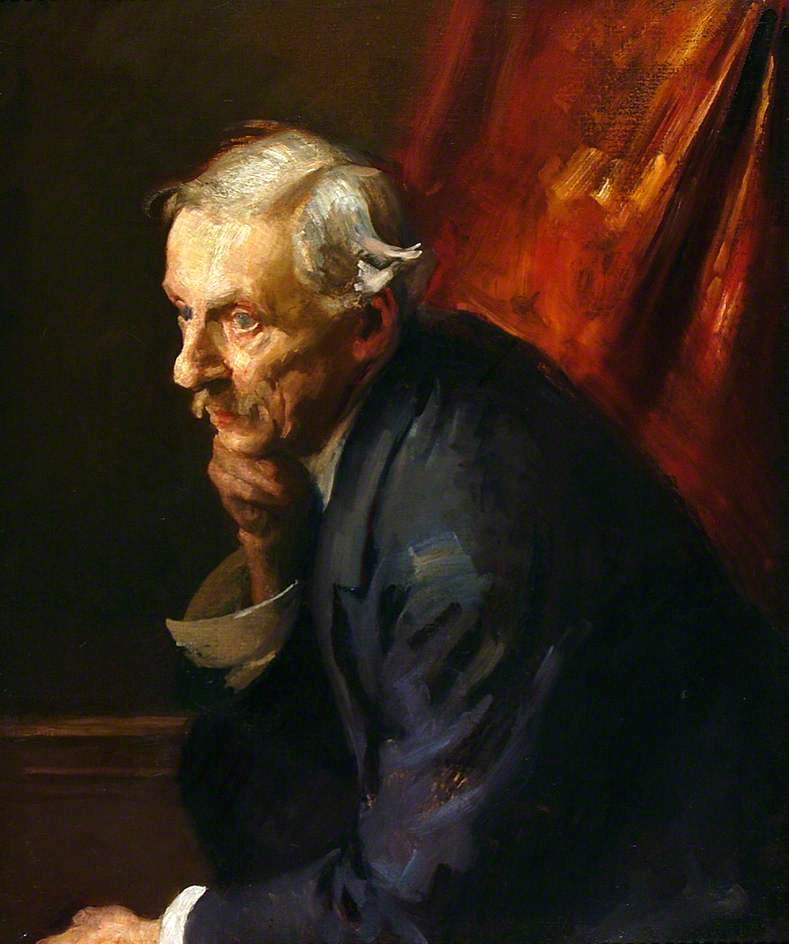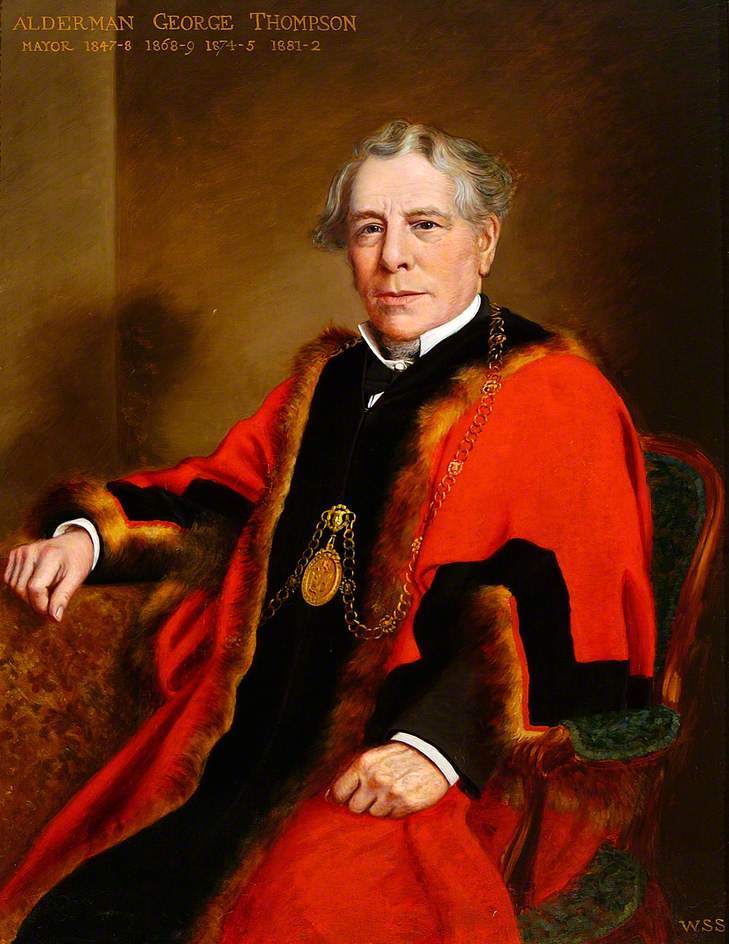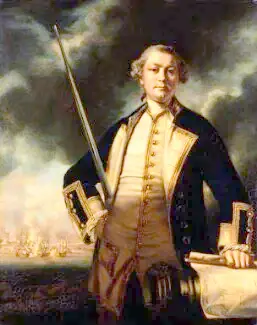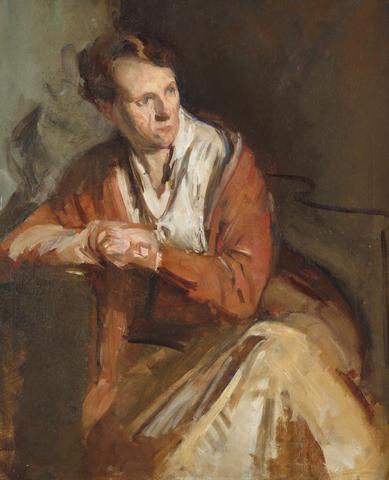SPANTON, William Silas
William Silas Spanton, was born at 42 Abbeygate Street, Bury St Edmund's, Suffolk in 1845, son of William Spanton and his wife Sarah née King (20 June 1813-20 July 1909) who married at Bury St Edmund's in 1843. Young William was educated at King Edward VI Grammar School at Bury St Edmund's and at the age of 17 tried, unsuccessfully, to gain admission to the Royal Academy Schools and consequently entered Heatherley School of Fine Art in Newman Street, to qualify and it was not long before being admitted to the Royal Academy Schools in London, when Charles Landseer (1799-1879) was Keeper and William studied under John Everett Millais (1829–1896) and on 10 December 1866 Spanton was awarded the silver medal for a copy of Paolo Veronese's (1528–1588) 'Saint Blessing a Venetian Gentleman'. His father died on 20 January 1870, leaving him the successful family business when he gave up his studies and returned to Bury St Edmund's to carry on the family business of photographers, carvers & gilders at 16 Abbeygate Street where he was also an artist and he exhibited at the Royal Academy in 1867-1868. He widened the scope of his business further, adding to the framing and glazing side with the sale of art materials. He married at St James's Church, Bury St Edmund's on 8 June 1876, Sarah Pechey (1847-16 January 1917), younger daughter of Bury St Edmund's machinist Elisha Pechey (1805-1869). In 1881, still at 16 Abbeygate Street as an artist, photographer & artists colour man, with his wife Sarah and children, Helen Margaret, Dorothy (1879-1925) and Arthur Pechey (1880-1916). William's interest in painting continued, and he had some reputation locally as a copier of paintings. He was at the centre of many local controversies taking a leading part in the opposition to the Corporation's proposal in the 1890s to convert Moyses Hall into a fire station and was Honorary Secretary of the Committee formed to repair the Moyses Hall for its opening as a museum. In 1901, he was still at Abbeygate Street but his wife Sarah and daughter Helen Margaret Spanton, an artist, were staying with Sarah's brother Elisha Pechey (1832-1902)., a typefounder's agent, at his home Greencroft, Hadley Crescent, Hadley Wood, Barnet. In that year Spanton sold his Bury St Edmund's business and its collections of negatives to Harry Isaac Jarman (1874-1961), former apprentice to John Palmer Clarke (7 October 1853-1924) and on Clarke's move to Cambridge in 1903, Jarman also purchased Clarke's extensive stock of negatives of views of Bury St Edmund's and neighbourhood. By 1911, William and his family were living at Hadley Crescent, Barnet where he was an artist, portrait painter & copyist in oil and the author of 'Old Masters and How to Copy Them' (1928) and 'An Art Student and his Teachers (1929). The family homes were often visited by artist friends from the Royal Academy and, together with his daughter Helen Margaret Spanton, were lifelong friends with artist and collector Charles Fairfax Murray (1849-1919) and his wife, who often visited them at Bury St Edmunds and in London. William Silas Spanton lived at 1 The Paragon, Blackheath and died as a result of being knocked down by a private motor car on Christmas Eve when crossing the road at Shooter's Hill Road, Blackheath and died at St Alfege Hospital, Greenwich on 27 December 1930, aged 85, and left £8,269 to his daughter Helen Spanton. The Spanton-Jarman collection of photographic negatives is held by the Suffolk Record Office.
Royal Academy Exhibits
from 1 Effingham Street, Pimlico and Bury St Edmund's
1867 286 The Rev. Thomas Jackson
1868 497 Mr. Spear
Works by This Artist

|
William Silas Spanton - self-portrait |

|
George Thompson, (1811-1887) Mayor of Bury St EdmundsOil on canvas
|

|
Augustus John Hervey, 3rd Earl of BristolOil on canvas
|

|
Portrait of Dora SlaughterOil on canvas
|